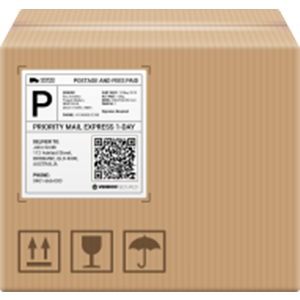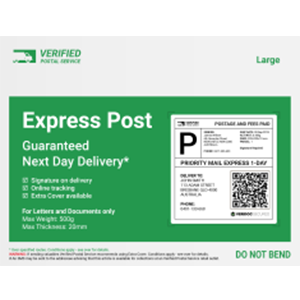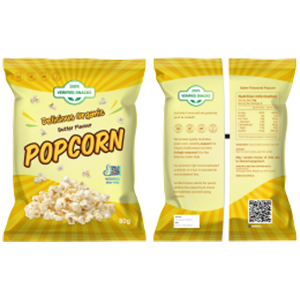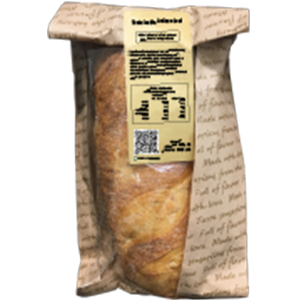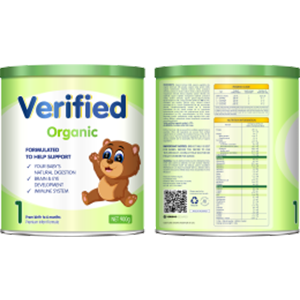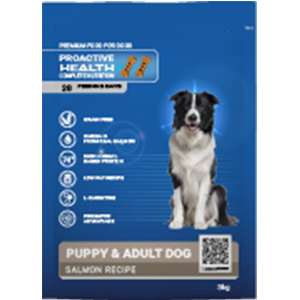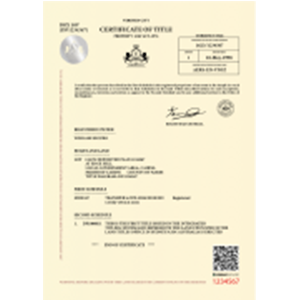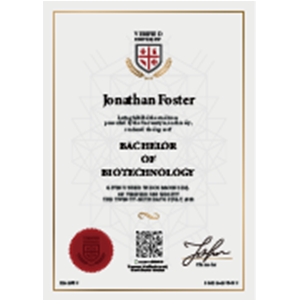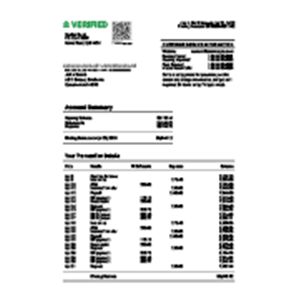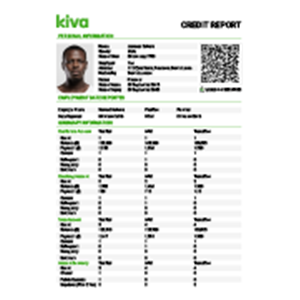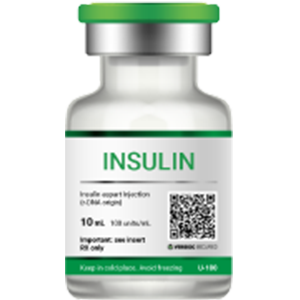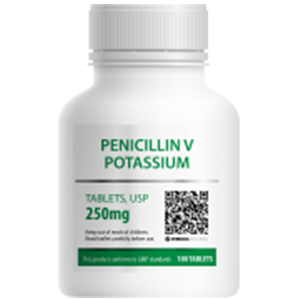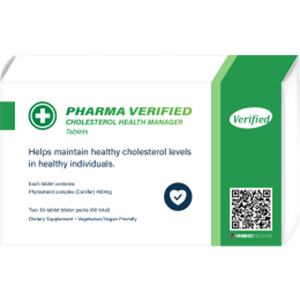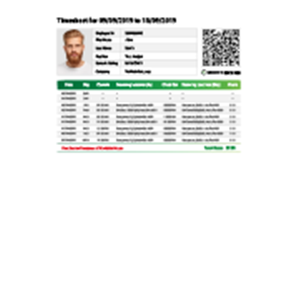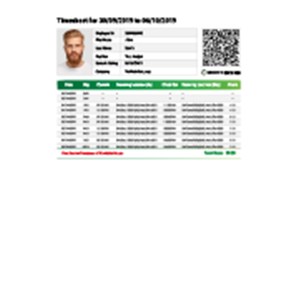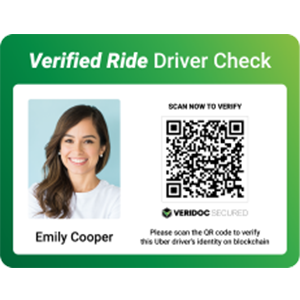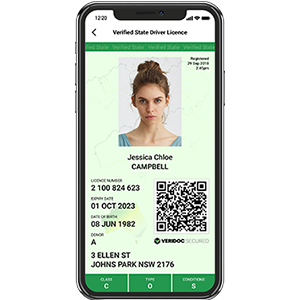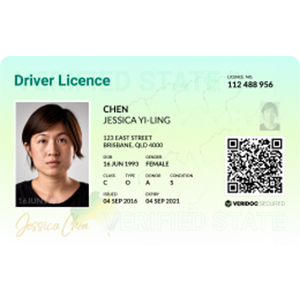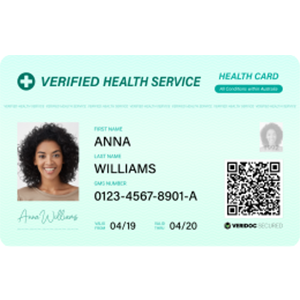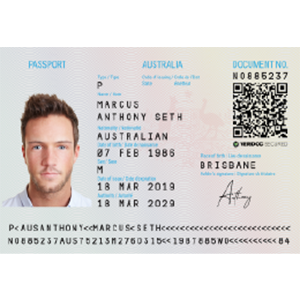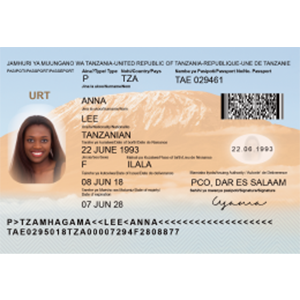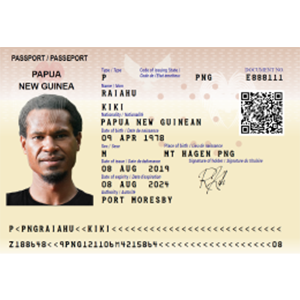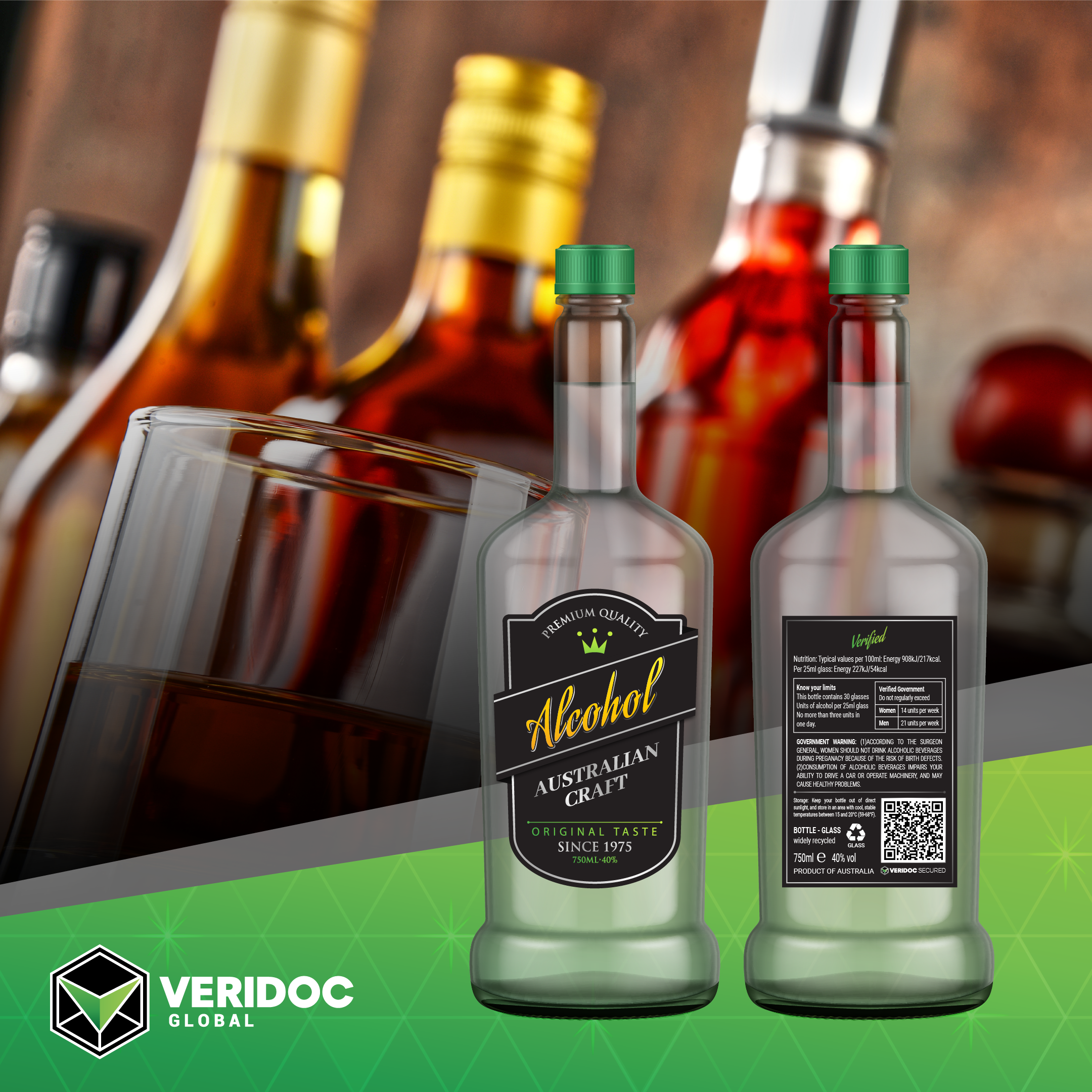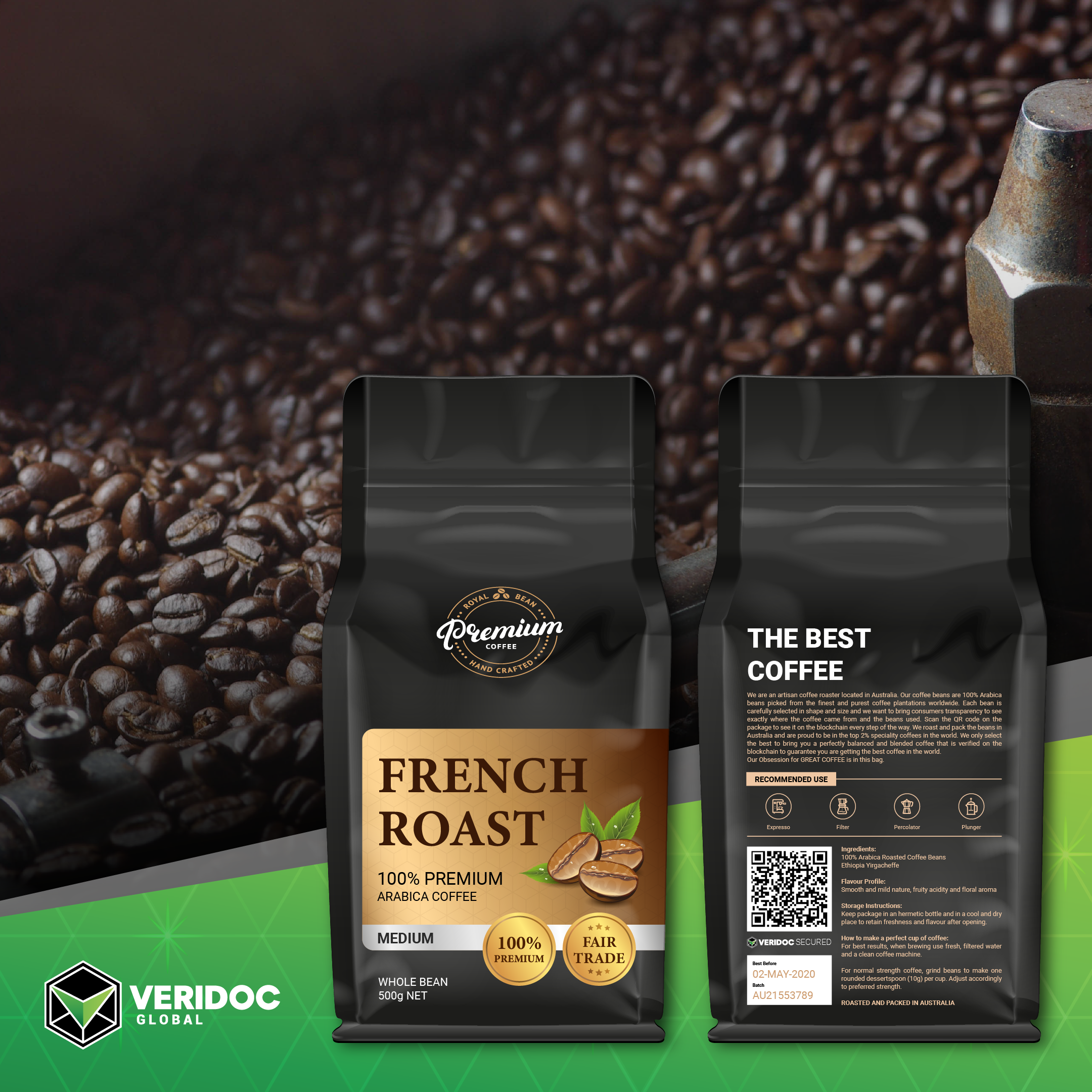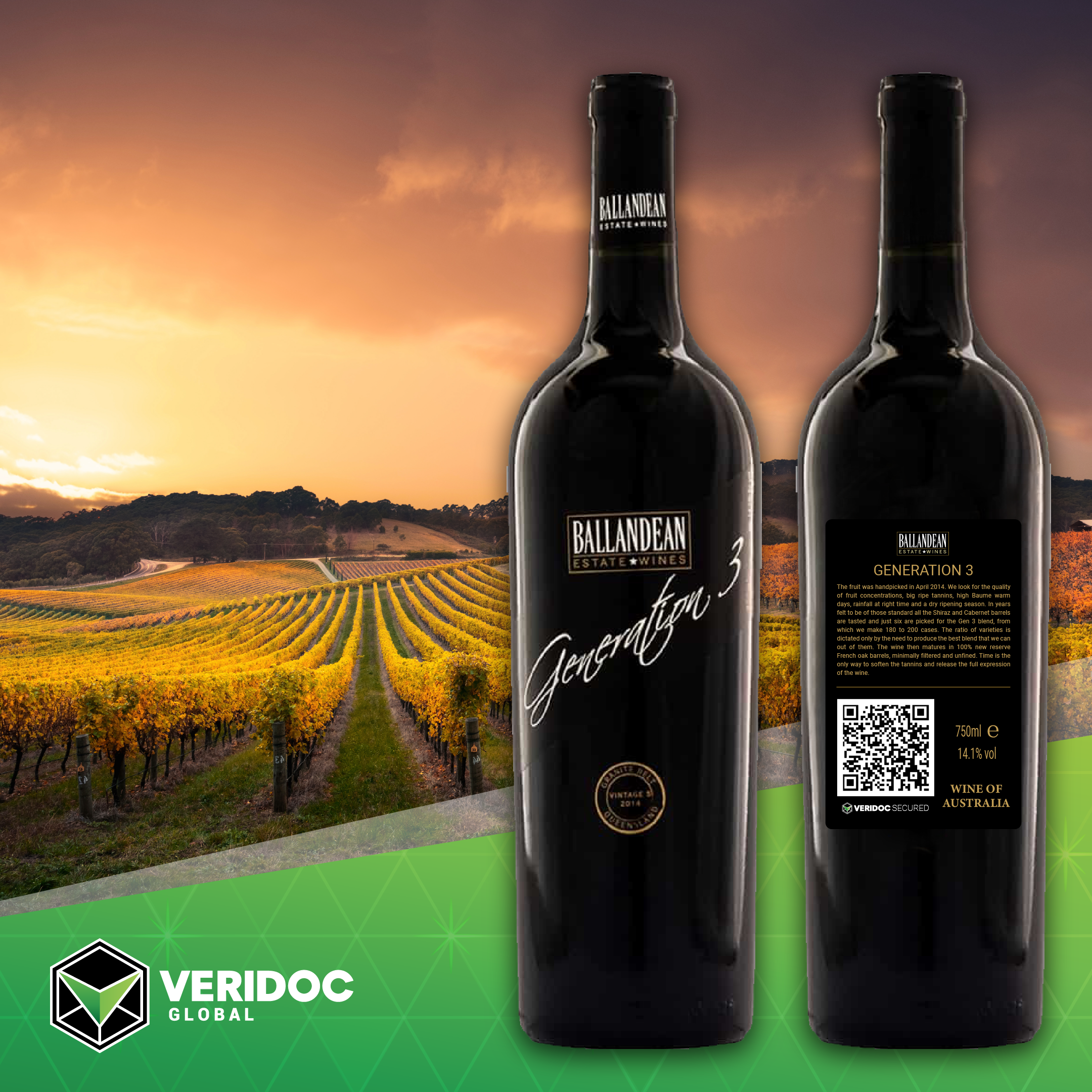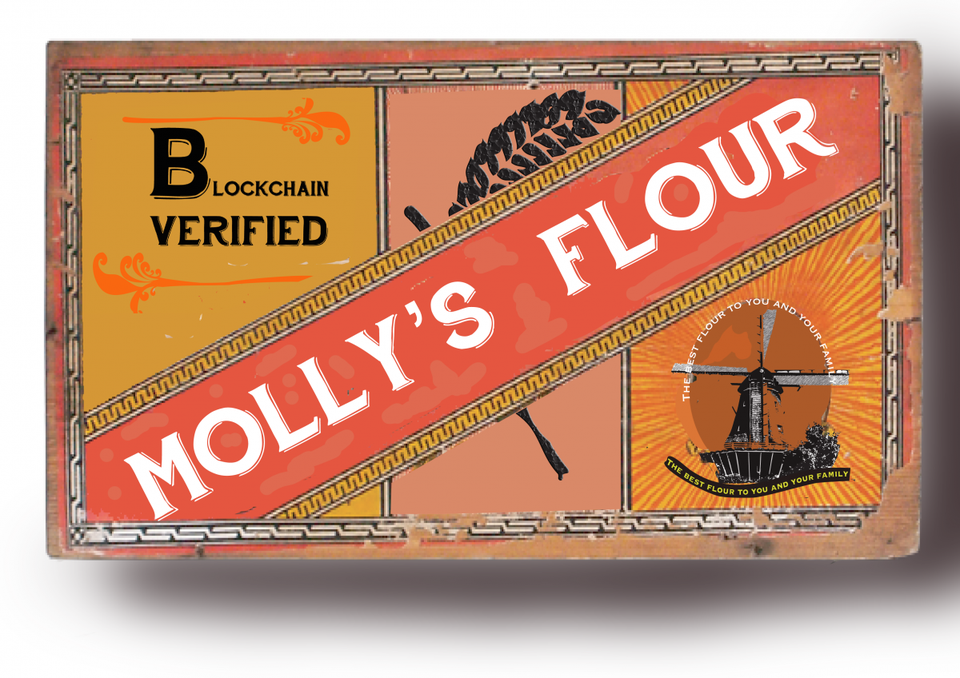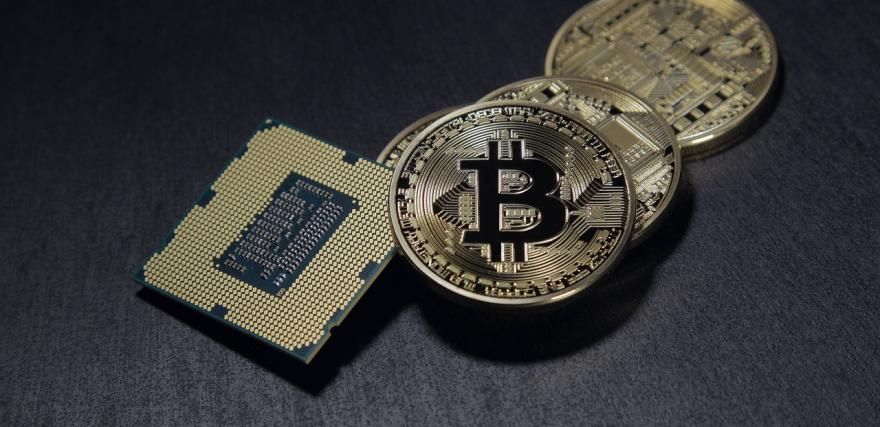INTRODUCTION TO
BRAND TRUST
Blockchain has the potential in ensuring or restoring faith in brands. Brand mistrust is at an all-time high, and marketers can use blockchain to build trust.
At VeriDoc Global we want you to look at how blockchain applications and platforms can affect consumer-brand relationships, building on consumer brand trust using blockchain technology. VeriDoc Global is in a position to be able to draw upon a number of real-life examples of blockchain adoption.
Blockchains unique features can impact on various areas of interest for strategic brand management, such as the adoption of digital currencies, brand storytelling, along with the use of blockchain-enabled loyalty programmes. Expanding the role of intermediaries in online advertising, brand transparency and trust for brands in marketplaces.

HOW DOES THE VERIDOC GLOBAL
SOLUTION WORK?
WHAT ARE OUR
KEY FEATURES

FOREFRONT OF SECURITY
Data is immutable on blockchain and can’t be breached via an attack on a single server or database.

INCREASED TRANSPARENCY
Governments and businesses know exactly when and where the goods have changed hands.

INCREASED PUBLIC SAFETY
Increases the speed in which problems can be identified and products can be recalled.
SOLUTION
VERIDOC GLOBAL
VeriDoc Global has developed a solution that involves embedding a QR code on an item with a unique digital hash inside the QR code. The hash holds a string of information that is then placed on the blockchain network for security, verification and most important end user validation.
Using a QR code reading app, customers can scan the QR code on the item once it has been delivered to them to verify the authenticity of items.
Throughout the shipping process, the QR code can be updated with information verifying when and where the product has changed hands.
Using any QR code reading app, scan the QR code on the supply chain and the app will show you the true document produced by the issuer. This allows you to compare and see if the supply chain is an original or a fake.

QUALITY
Supply chain trust and label misinformation are of high concern for consumers. They increasingly care about the origin of their products, including quality, ethics, safety and environmental impact. These are important concerns, and Blockchain will allow us to scan a brand QR code to verify claims, of being organic for instance, and then see information about the animal feed that was used, the processing plant, shipping and stocking.
This transparency will inspire more trust in that brand.
Public blockchain is truly decentralized and goes well beyond smart contracts.
AWARENESS
Social media is ripe for a disruption by blockchain. Bots and fake influencers have been a problem for years and phony content is rampant. Digital payment fraud is getting more sophisticated. And there’s growing consumer skepticism regarding influencer marketing, right now it's about building trust and having a platform to do that one.
Start-ups are working to solve all or small parts of the problem by being able to engage with customers who have their identities verified. These types of systems are utilizing blockchain to put money right in the hands of the content creators and social media influencers through token-based rewards and reputation. Blockchain as a technology can be a tool to help solve some of the biggest consumer problems with current social media platforms such as privacy, relevant content and control over data. All of this important moving forward.
LOYALTY
Blockchain-based loyalty programs address a number of issues that drive customers away from traditional loyalty programs. And for good reason. Among them are problems with redeeming points before they expire and keeping track of multiple loyalty programs.
Low redemption rates are a big problem for loyalty marketers. Members that are not redeeming are not actively engaged in the loyalty program. On the flip side, members who redeem points are more engaged, spend more and are more satisfied with loyalty programs and this is good for the client and the customer.
Blockchain also allows a customer to store all points in a single wallet rather than trying to manage multiple programs. There would not be separate rules for acquiring and redeeming points from different loyalty programs as is currently the case. It makes it easier and simpler for all parties.
THIS IS OUR
BRAND TRUST MANUFACTURER FLOW


CREATE AN ITEM
Manufacturer creates an item.

GENERATE QR CODE
VeriDoc Global generates a QR code that contains a unique hash value with information about the item.
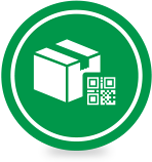
QR CODE ADDED TO THE ITEM
The QR code is added to the item.

GENERATE UNIQUE HASH VALUE ON BLOCKCHAIN
The information is placed on the blockchain.

DIGITAL HANDSHAKE
VeriDoc Global verifies each step in the supply chain registering a “digital handshake” that marks exactly when and where the goods have changed hands.
-


CREATE AN ITEM
Manufacturer creates an item.
-


GENERATE QR CODE
VeriDoc Global generates a QR code that contains a unique hash value with information about the item.
-


QR CODE ADDED TO THE ITEM
The QR code is added to the item.
-


GENERATE UNIQUE HASH VALUE ON BLOCKCHAIN
The information is placed on the blockchain.
-


DIGITAL HANDSHAKE
VeriDoc Global verifies each step in the supply chain registering a “digital handshake” that marks exactly when and where the goods have changed hands.
THIS IS OUR
BRAND TRUST CUSTOMER FLOW
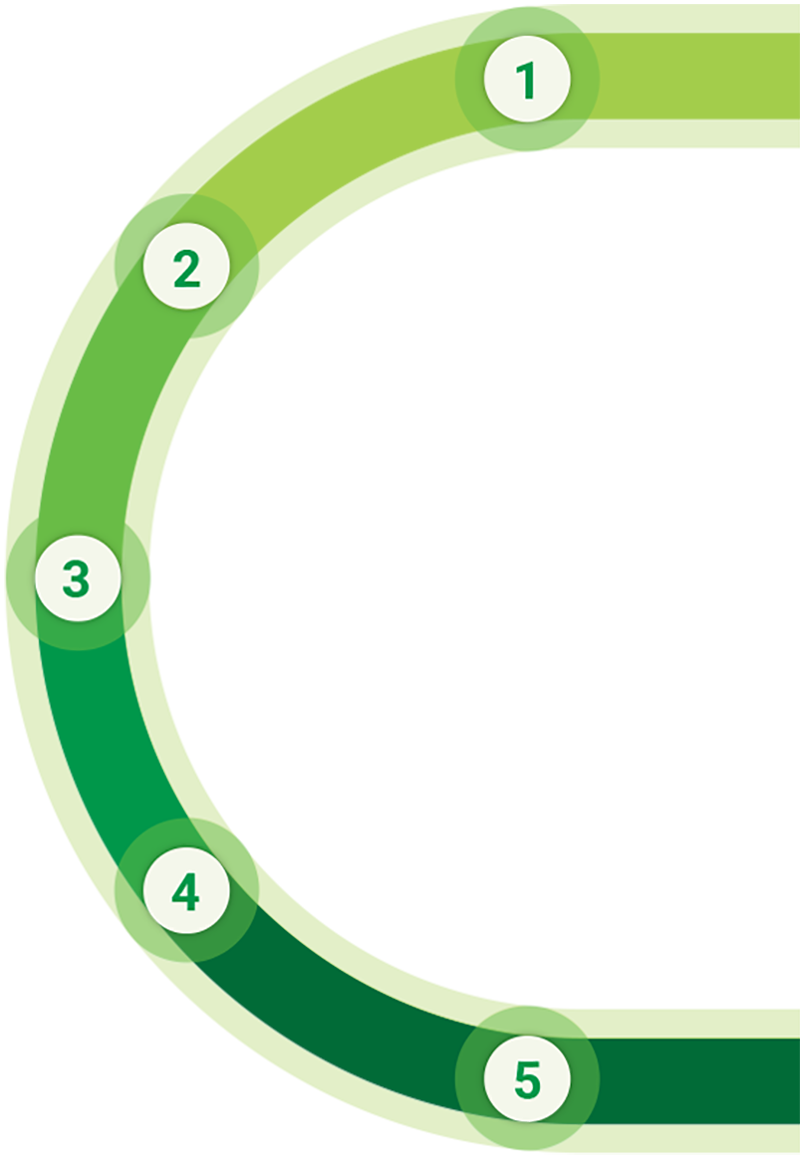
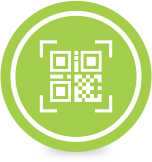
QR CODE READER
Item is scanned using a QR code reader.

PREVIEW ORIGINAL INFORMATION
Customer is redirected to a secure page that displays information about the item.

VISUAL INSPECTION
Customer validates the authenticity of the item by visual inspection.
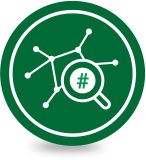
VALIDATE HASH VALUE ON BLOCKCHAIN
Customer may validate the unique hash value on the blockchain and verify that the digital signatures are identical.

INFORMATION UPDATE
Additional information can be added to the QR code by the manufacturer anytime in case of a product recall (optional).
-


QR CODE READER
Item is scanned using a QR code reader.
-


PREVIEW ORIGINAL INFORMATION
Customer is redirected to a secure page that displays information about the item.
-


VISUAL INSPECTION
Customer validates the authenticity of the item by visual inspection.
-


VALIDATE HASH VALUE ON BLOCKCHAIN
Customer may validate the unique hash value on the blockchain and verify that the digital signatures are identical.
-


INFORMATION UPDATE
Additional information can be added to the QR code by the manufacturer anytime in case of a product recall (optional).





 Brand Trust
Brand Trust

